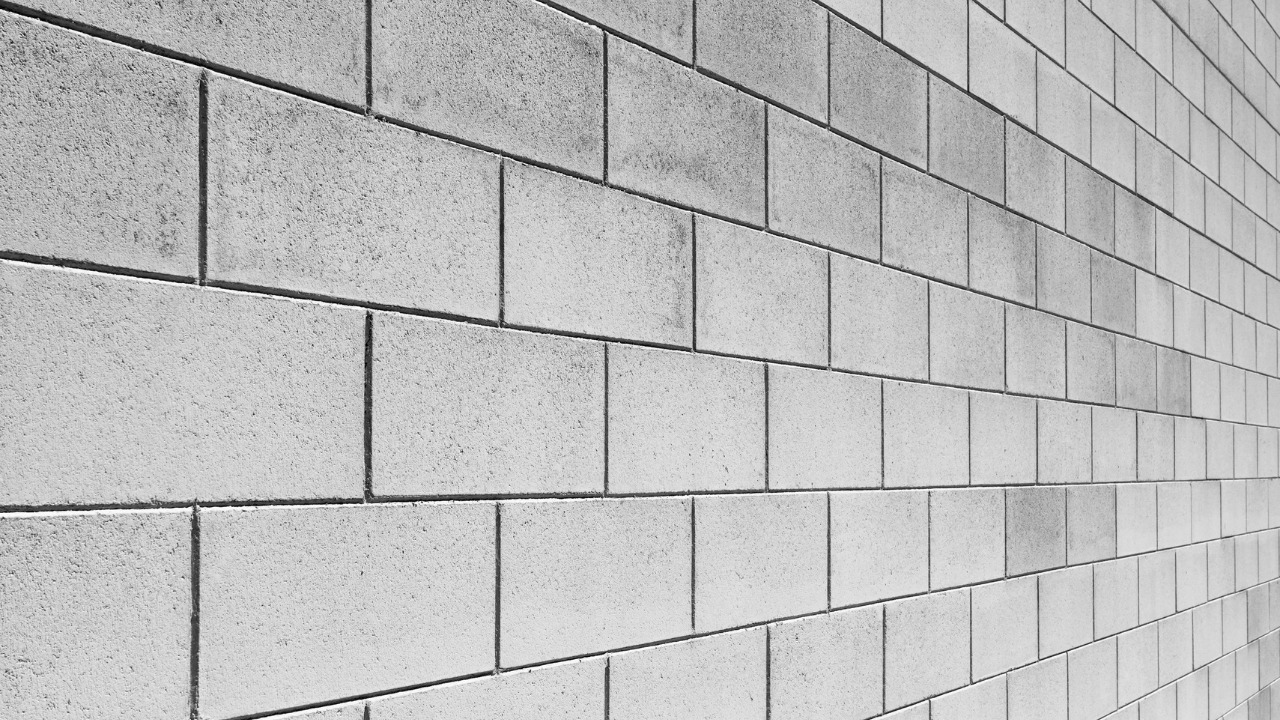When the rafters and top plate of the wall meet in your attic’s acute triangular areas, a knee wall can easily enclose such areas quickly. This is just one step toward completing an attic to turn it into a usable area, and it aids in insulating the attic from outside air penetration.
Build a knee wall that is eight feet long by following these directions. Short walls, called knee walls, are frequently found in attics beneath the rafters of the roof. Frequently, there is a tonne of vacant space behind these walls that are perfect for storage.
Build storage doors into the knee wall for quick access to the area behind the wall to better utilize this space.
Table of Contents
Can You Use A Knee Wall For Storage?
Knee walls are brief walls that are usually located close to your roof. They are short because this wall is where your angled rooftop crosses it. These are frequently discovered in the attic or a home’s upper floor.
Behind a knee wall, there is typically empty space. They often leave that void as an unconditioned insolation area. Depending on the size and style of your home, this is a useful area that is now underused and has room for a sizable number of objects.
A huge dresser in your room might be replaced by knee-wall storage. If you can magically shove a dresser far into a wall, you’ll save tons of space! You may utilize that space and essentially expand your home by using knee wall storage!
It also means that storing items inside your wall creates more space. Additionally, it implies that you may now utilize the difficult corners of your upper floor!
Things To Consider Before Building A Knee Wall Attic Door
Install the hinges on the doors’ opposing sides if you divide your storage door into two smaller ones. Put the hinges on the left and right edges of the left door. If you’d like, add a frame made of beautiful wood trim or molding to the front of your knee wall storage doors to add decoration.
Trim strips should be cut to size before being attached with wood glue and nail gun nails. Most homeowners could do the knee wall attic door job in hours. To install your doors over the opening, you will need to cut a hole in the wall between the studs.
Make sure the lines are straight by using a long level and a measuring tape to draw lines at the required height for your storage doors.
Steps To Build A knee Wall Attic Door
Needed Tools And Supplies
- Wood scrap
- wood pieces
- Mitre saw
- Tape measure
- Pencil
- Nails
- A nail gun
- Drywall
Create A Template
On the attic floor, a knee wall will be erected and tilted against the rafters. At the bottom of your wall, one of your wood pieces—which won’t be cut—will serve as the foundation. By placing the scrap piece of wood vertically against the side of a rafter, you may find out the angle of the rafters.
Draw a line parallel to the rafter’s angle on a scrap of material. Use your miter saw at an angle to cut. It would be the best template to build a knee wall without difficulty.
Determine The Angle Of Each Side Of the Wall
2×4 wood boards should be cut into six lengths for each length. For each of those six 2x4s, use a template to measure the angle, then draw a line through that angle. Cut each piece at that angle using a miter saw.
Firm The Sides With Nails
Aim for the center of your long wood pieces when nailing those short parts. Utilizing the five penny nails, fasten the angled boards to the knee wall while maintaining their upright position.
Nail Down The Wall Bottom
Put much force into placing the knee wall. Install three or four nails in the sole plate into the attic floor. Apply the same technique to the knee wall’s angled top three or four times, nailing it to the rafters. Use drywall of the proper dimension to the front of the knee wall.
How To Add Storage To A Knee Wall Attic Door?
Collect Needed Tools And Supplies
- Power drill
- Pencil
- Tape measure
- A ruler
- Saw’s blade
- Hardwood board
- Hinges
Cut An Opening In The Wall For Storage
Where you want to put your storage doors, you may detect the studs in the knee wall using a stud finder. You will slice a hole between the wall studs to install your doors over the opening. On the wall, pencil-mark the location of the studs.
Cut Vertical And Horizontal Lines On The Wall
A horizontal line should be drawn to join the top and bottom two vertical lines. To draw straight lines, trace along a level. Align one of the horizontal lines with the drywall saw’s blade.
Tap the drywall saw’s handle lightly to embed the blade in the drywall, starting around the center. Cutting along the horizontal line, move the saw in and out of the drywall in a sawing motion.
Remove The Piece Of Drywall
Cut through each of the four lines on the wall by repeating this procedure. As soon as you’re done, carefully take the drywall piece you cut out and place it aside. The knee wall should now have an opening in it that is square or rectangular and situated in-between two studs.
To improve access, you might want to remove one stud from the wall if you are certain it is not load-bearing. Don’t remove any studs from a wall if you’re unsure they can support the weight.
Insert Measured Hardwood Board Into The Cut Wall
Two pieces of hardwood should be cut using a circular saw to the same width. The top and bottom of the wall area should have these boards horizontally inserted between the studs. To fasten the boards to the wall studs, angle wood screws should be driven through the ends of the boards.
With the help of the circular saw, cut a piece of plywood to the width and height of the wall space. The door to your knee wall storage compartment will be made of plywood. The plywood can be cut in half to create two smaller doors, or you can utilize one.
Install Hinges
Attach two metal hinges to the plywood’s back along a vertical side. A little over two inches should separate the hinges. Hold the plywood door firmly against the opening in the wall. To the inside edge of the neighboring wall stud inside the opening, screw the other side of each hinge.
To inspect the hinges, open and shut the door.
What Are The Common Uses Of Knee Walls?
Wardrobes And Cabinets
Due to their ease of construction and regular use, open shelves for books or other storage may be the most popular way to utilize knee wall space. Although more expensive due to enhanced design and materials, built-in cabinets or drawers are also frequently considered storage options.
Storage Units
Many of us keep things that we rarely or never use in storage. Items that aren’t overly sensitive to temperature should go in knee wall voids.
Create A Workbench Or Desk Space
Desk space can be a fixed counter-like surface or a hinged, sliding surface. The necessities have been hammered into the walls by certain people. Knee wall beds can be hidden pullouts or niches.
Conclusion
Before removing the supports from any knee walls that are already there in your space, make sure they are load-bearing. Although your home’s knee walls are probably not necessary for structural soundness, they lighten the pressure on the rafters. Think about how much of the weight of the rafter needs this support if the wall is load-bearing.

















